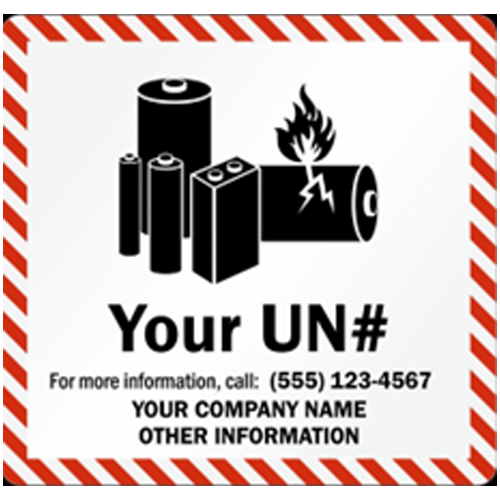Who makes the rules?
Transporting lithium batteries via air is regulated by the global trade association for airlines, the International Air Transport Association (IATA), and the UN specialised agency, the International Civil Aviation Organisation (ICAO) within their Technical Instructions for the Safe Transport of Dangerous Goods by Air document.
Sending lithium batteries via sea is overseen by the UN specialised agency, the International Maritime Organisation (IMO), according to their International Maritime Dangerous Goods Code (IMDG).
When transporting lithium batteries via road within Europe, carriers must adhere to the Agreement concerning the International Carriage of Dangerous Goods by Road (ADR), set by the United Nations Economic Commission for Europe (UNECE).
For rail transport, the Intergovernmental Organisation for International Carriage by Rail (OTIF) has its Regulations concerning the International Carriage of Dangerous Goods by Rail (RID).
It’s important to note that local or national regulations take priority over UN instructions and must be legally adhered to over and above the standards set by UN bodies.



